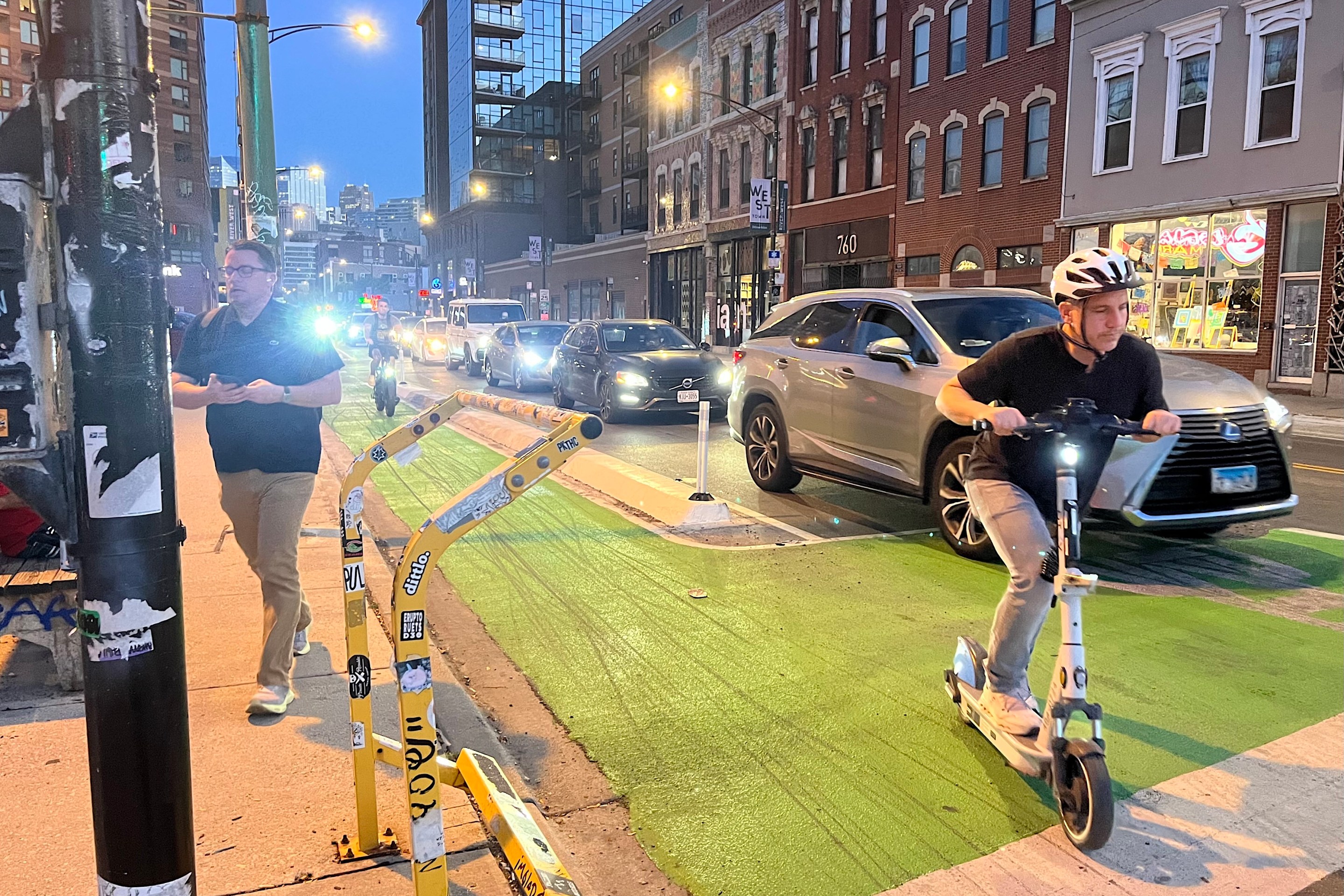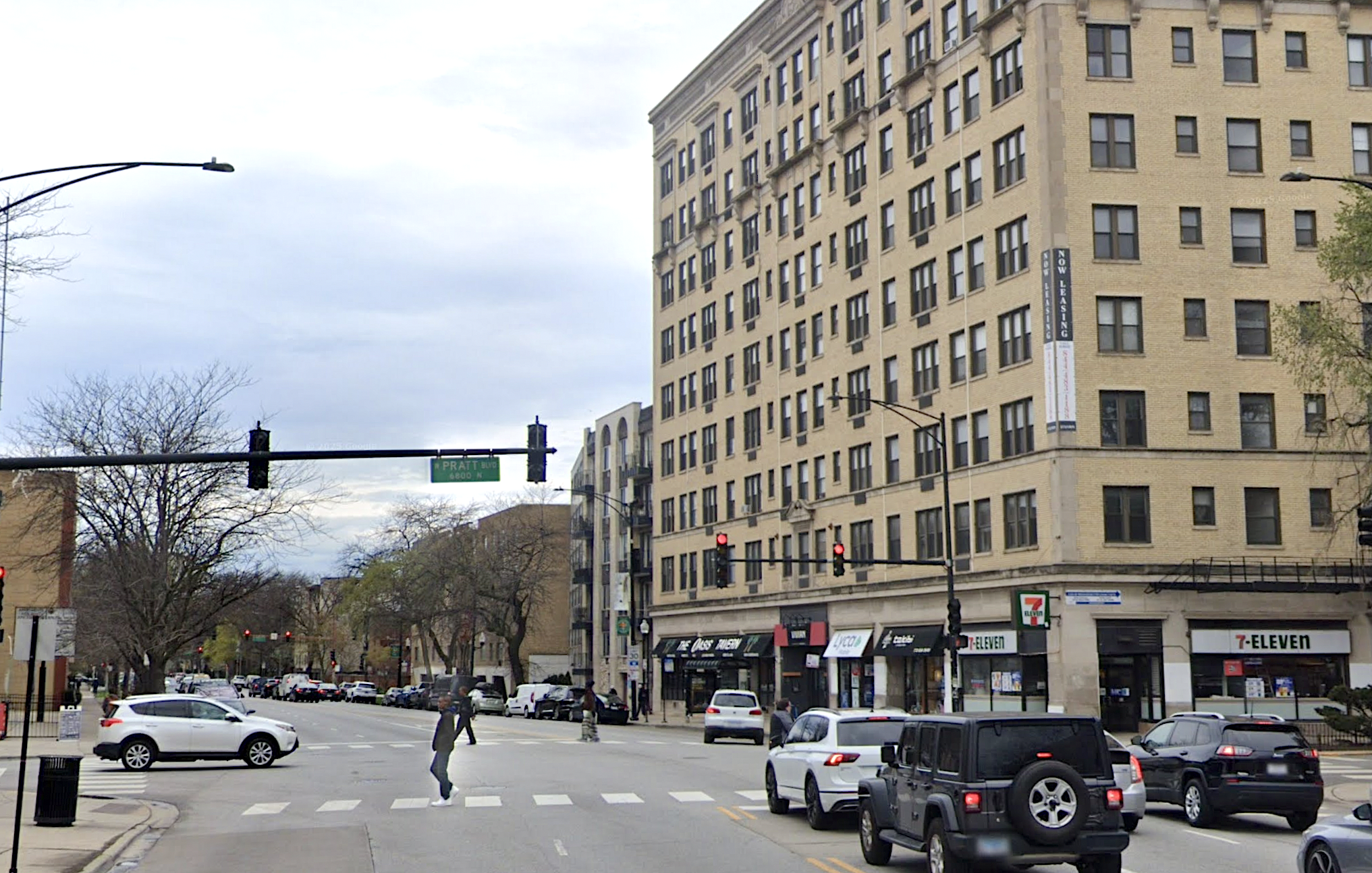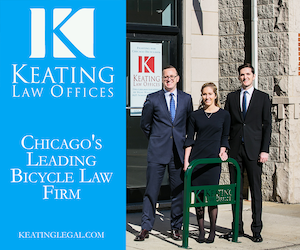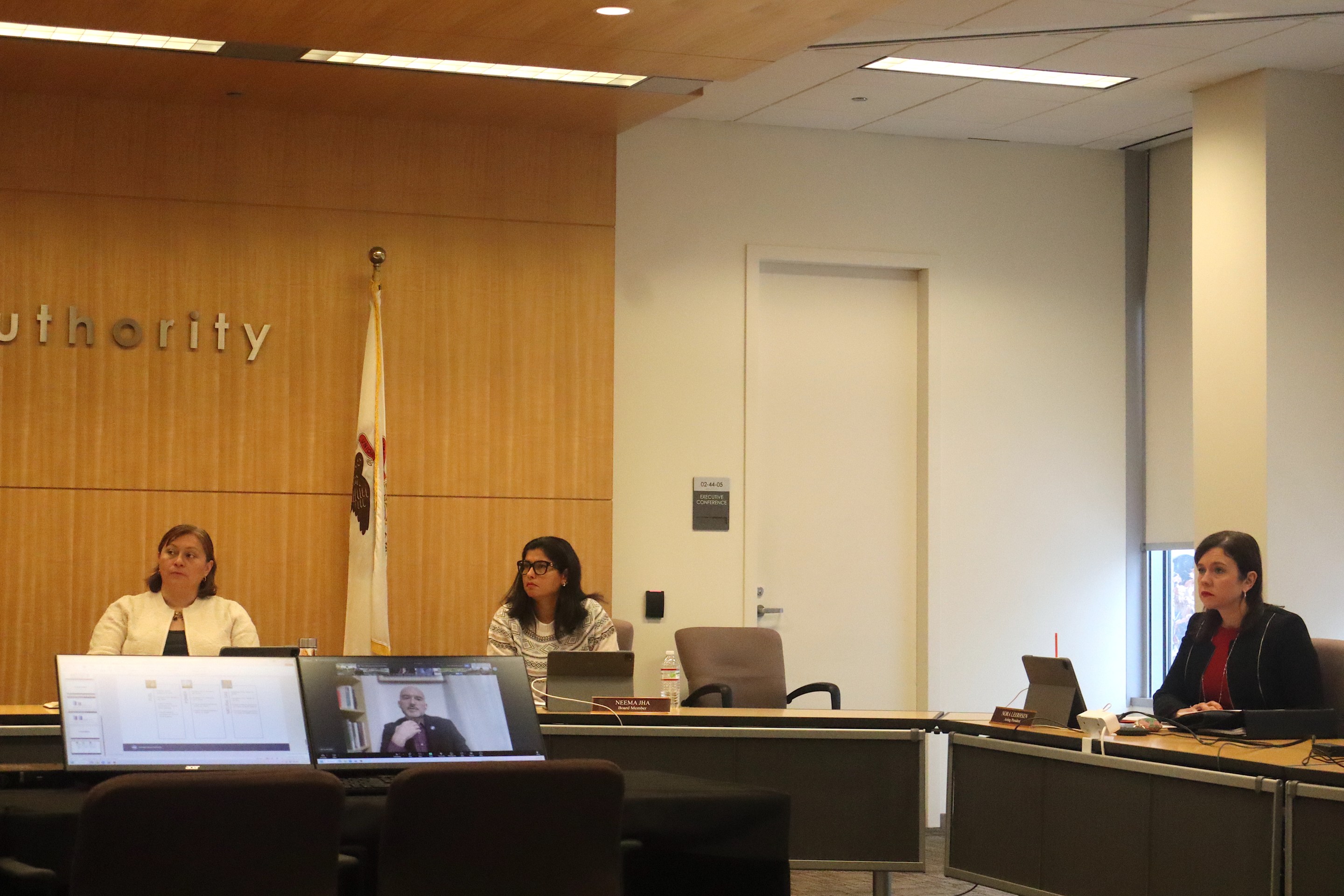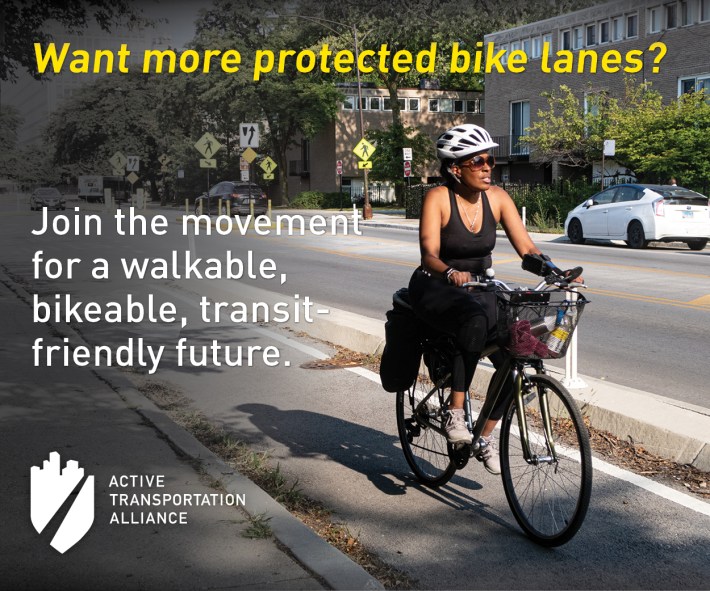
Recently the Regional Transportation Authority, the agency that oversees the CTA, Metra, and Pace, released a Transit-Friendly Communities Guide to encourage development that's accessible to public transportation. Earlier this week, the RTA held a webinar about the guide for municipal officials, urban planning professionals, and the public. It included success stories of creating equitable transit-oriented developments, and tips on how to use best practices from the handbook to foster ETOD in other communities.
The guide was created by RTA staffers members Heather Mullins, Michael Horsting, and Robert Morris, with help from a consultant team that included Teska Associates, TYLin, and Egret + Ox Planning. The steering committee for the report included the Center for Neighborhood Technology, the City of Chicago, the Chicago Metropolitan Agency for Planning, the CTA, Elevated Chicago, and many other entities.
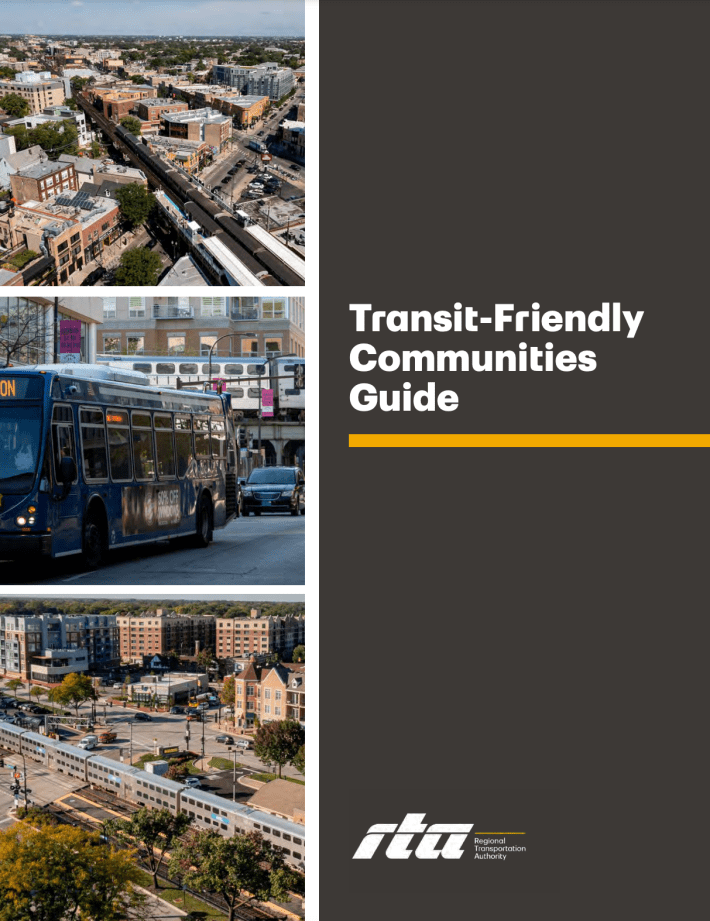
"While the four core elements of transit-oriented development include density, transit, a mix of land uses, and accessibility, ETOD includes an intentional approach that ensures people of all backgrounds have the opportunity to experience the benefits of mixed-use, pedestrian-oriented development near train stations and bus stops," Morris said at the start of the talk. He added that the guide emphasizes the importance of community engagement, including those usually left out of planning discussions, developing a vision that benefits everyone, and elevating and prioritizing investments that close socio-economic gaps.
The report discusses how equitable land use is especially important for demographics that have historically been disadvantaged, such as people of color, people with disabilities, and seniors. "Some examples of the best practices included in the guide are the development of an engagement plan with a sample plan included [in the guide] that you could model after meeting people where they already are instead of asking people to come to a community meeting," Morris said. "This can be accomplished by hosting pop-ups at train stations or existing community events. This strategy allows for engaging people who do not have the time or capacity to attend additional public meetings."
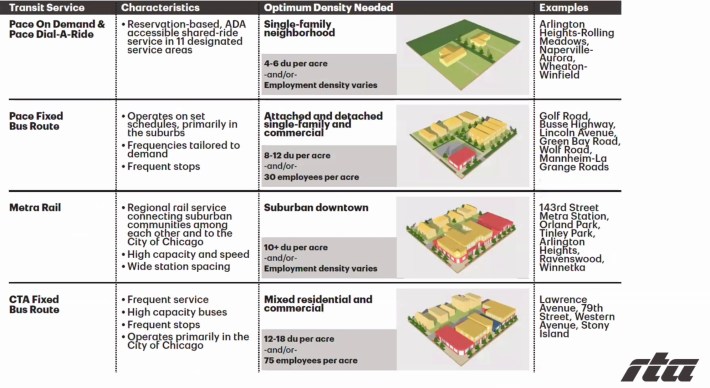
The webinar then moved on to a discussion with steering committee members Amanda Orenchuk, Director of Community Development for north-suburban Mundelein, and Noah Schumerth, Assistant Director of Economic and Community Development for south-suburban Homewood. "The guide was a really nice effort to reach out to communities," said Orenchuk. "There hasn't been a lot of opportunity in the past for communities to engage with RTA and the other transportation agencies up until recently. So, I think that the guide really takes that into account and provides good tools for working with transit and trying to understand it. Because knowing a lot of other municipalities that are in the same boat as perhaps Mundelein and being a little bit further out from the city, you don't get that chance to engage."
"When working on the steering committee, it really felt like there was an opportunity [for the people writing the guide] to take feedback on the document very seriously. So, it wasn't just one meeting to check the box that the communities and the other municipalities and governmental entities were reached out to. There were four steering committee meetings, and the conversation was really robust."

Schumerth recently worked with the RTA on the downtown Homewood transit-oriented development plan. "The key principle in our TOD plan is accessibility," said Schumer. "Our downtown is bordered by major roadways. It's been isolated from its surroundings, and it's really helping kind of bridge those gaps. That integrates our TOD downtown into the rest of our community, gets people closer to using transit, really expands the transit [walk] shed in our community, where people can easily use our transit station without using a car, improving accessibility of our area and then the mixed use."
"It's already had a cascading effect of encouraging new development, new uses, new restaurants, in particular, into our downtown, with the increase of pedestrian traffic and the kind of vision that we're casting and going forward with an economic development for our downtown," Schumerth added. "So that, paired with the community engagement and the equity embedded in our plan, we got two years with the RTA to do some really fantastic work [on] making that ETOD concept a reality here."
If you'd like to help create equitable transit-oriented development in your town, the next call for applications to the RTA's Community Planning Program starts on March 10 and is open until April 4. The program offers funding, technical assistance, and resources to help develop and adopt transit-oriented development strategies for municipalities.
Check out the Transit-Friendly Communities Guide here.

Did you appreciate this post? Streetsblog Chicago is currently fundraising to help cover our 2025-26 budget. If you appreciate our reporting and advocacy on local sustainable transportation issues, please consider making a tax-deductible donation here. Thank you!

